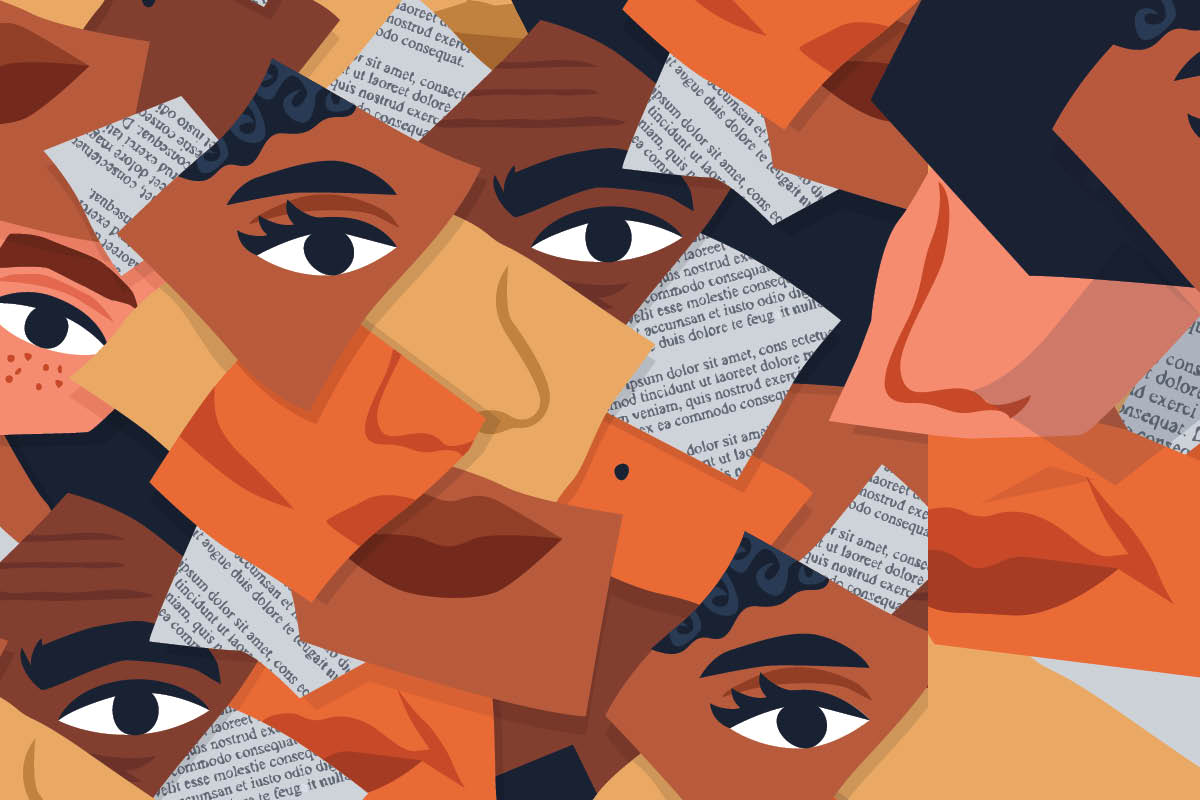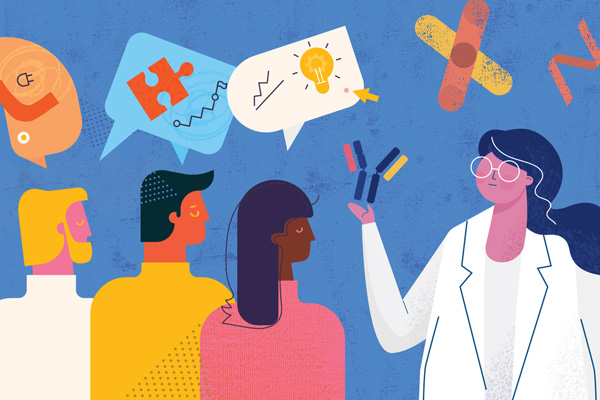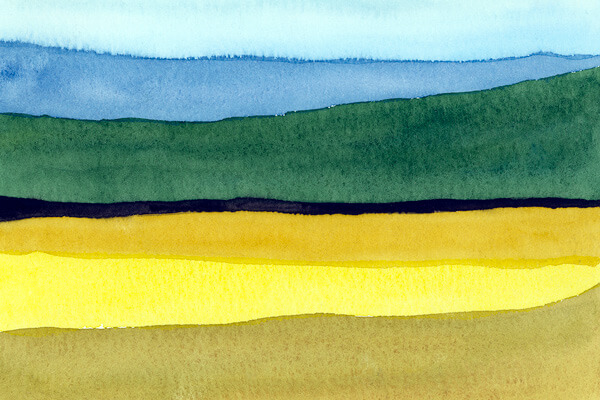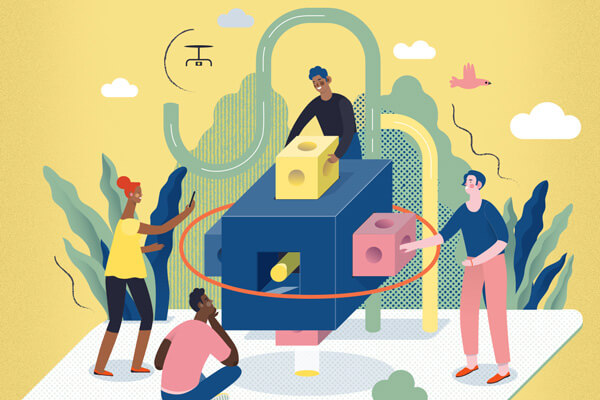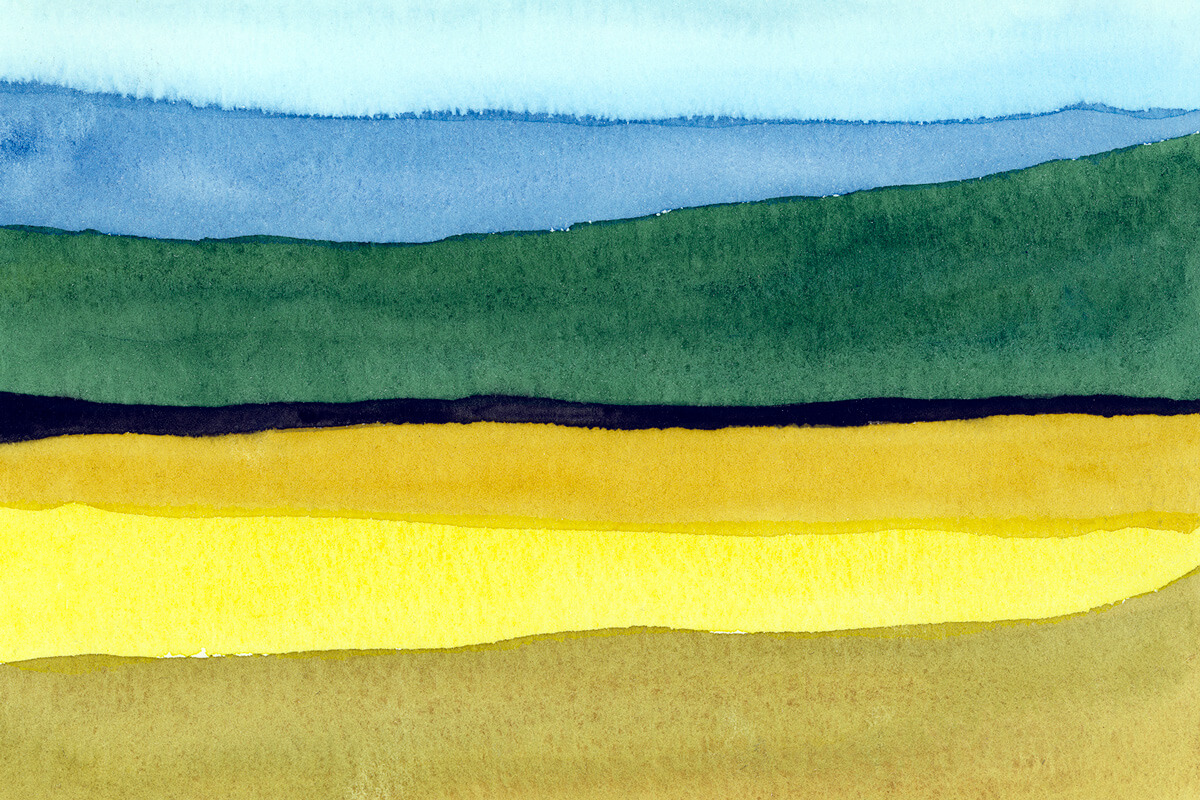
Land as teacher
Land-based education means learning on, about and from the land
When you ask Nicki Ferland, community engaged learning coordinator (Indigenous), about land-based education, she’ll tell you what it is—and is not.
“Land-based education is about learning on, about and from the land,” explains Ferland. “It is about seeing the land as our teacher, putting our relationships with the land and each other at the centre of learning, and recognizing that everyone has something to offer.
“While it is inherently Indigenous, land-based learning should not be pan-Indigenous,” Ferland adds. “Too often we see people blending teachings and symbols from Anishinaabe, Cree and Métis paradigms. The Anishinaabe Seven Sacred Teachings are an example. Other nations have their own stories and teachings that are going to be relevant to their place and environment.”
“Land-based education is about learning on, about and from the land. It is about seeing the land as our teacher, putting our relationships with the land and each other at the centre of learning, and recognizing that everyone has something to offer.”
Ferland is a Two-Spirit Red River Métis with deep roots in Manitoba’s Lorette and Winnipeg’s St. Vital communities. She has a background in human and Indigenous rights, and just completed her Master of Education in Indigenous land-based education at the University of Saskatchewan.
Ferland leads workshops for UM educators on how to incorporate land-based learning into their courses—each one co-facilitated by Indigenous staff advisors. “My way of knowing is Métis,” Ferland explains. “I couldn’t possibly teach the knowledge system of a community I don’t belong to. So I work with Anishinaabe, Dakota or Cree Elders and Knowledge Holders to bring in their own teachings.”
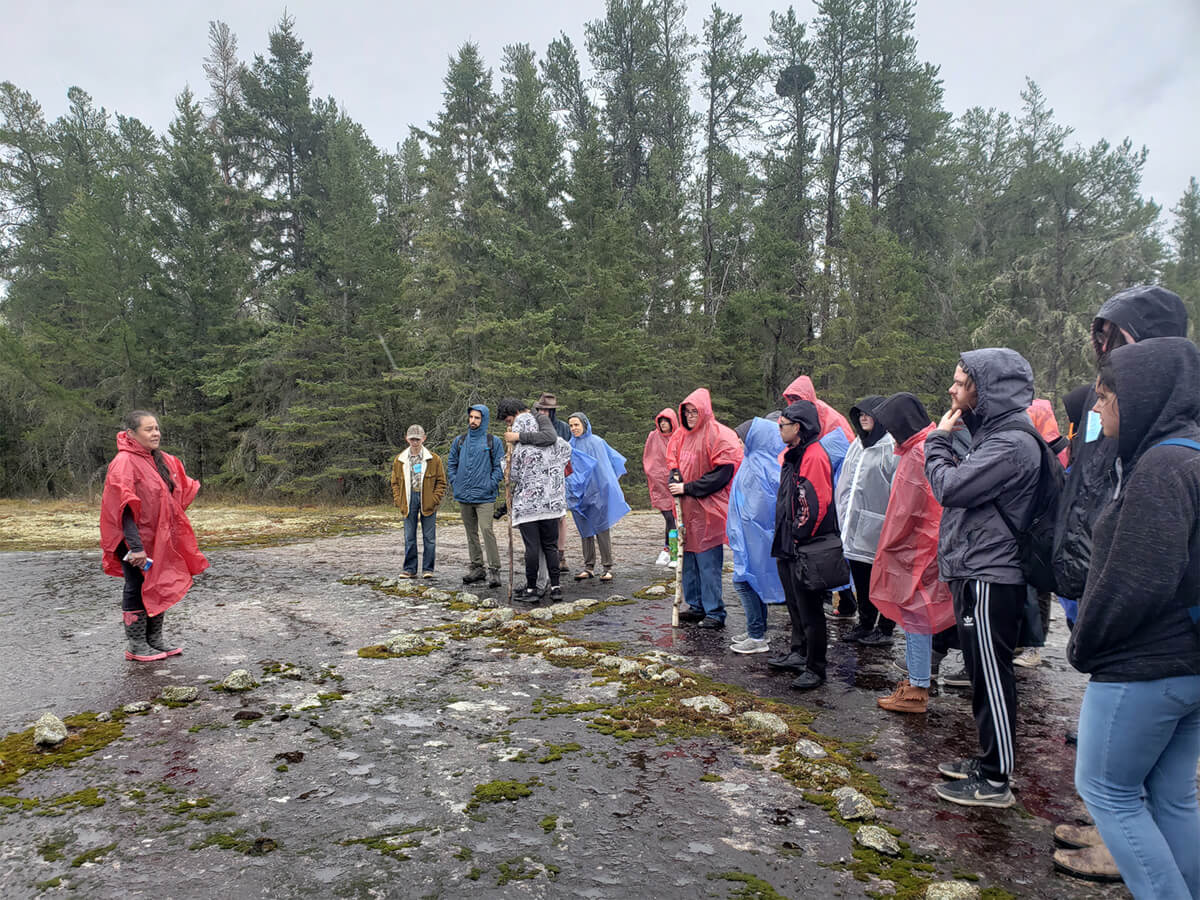
Students learning on and from the land at Bannock Point with Elder Diane Maytwayashing in 2019
Most of the faculty and staff taking Ferland’s workshops are non-Indigenous, with little background in land-based education. Jillian Seniuk Cicek, assistant professor in the Centre for Engineering Professional Practice and Engineering Education, is one of them. She teaches technical communication to engineering students.
“When I joined UM’s faculty in 2018, I was thinking about how Indigenous Peoples and their worldviews were present, or not, in our academic spaces,” she explains. “Fast forward a couple of years and I was involved in several projects incorporating Indigenous Knowledges into engineering courses, supported by the UM Indigenous Initiatives Fund. But I still didn’t really understand what land-based learning was.”
So when Seniuk Cicek heard that Ferland was offering a land-based learning workshop in December 2021, she jumped at the chance. The two-hour online workshop was an introduction to land-based learning for both Indigenous and non-Indigenous educators, exploring ways to integrate it into the classroom.
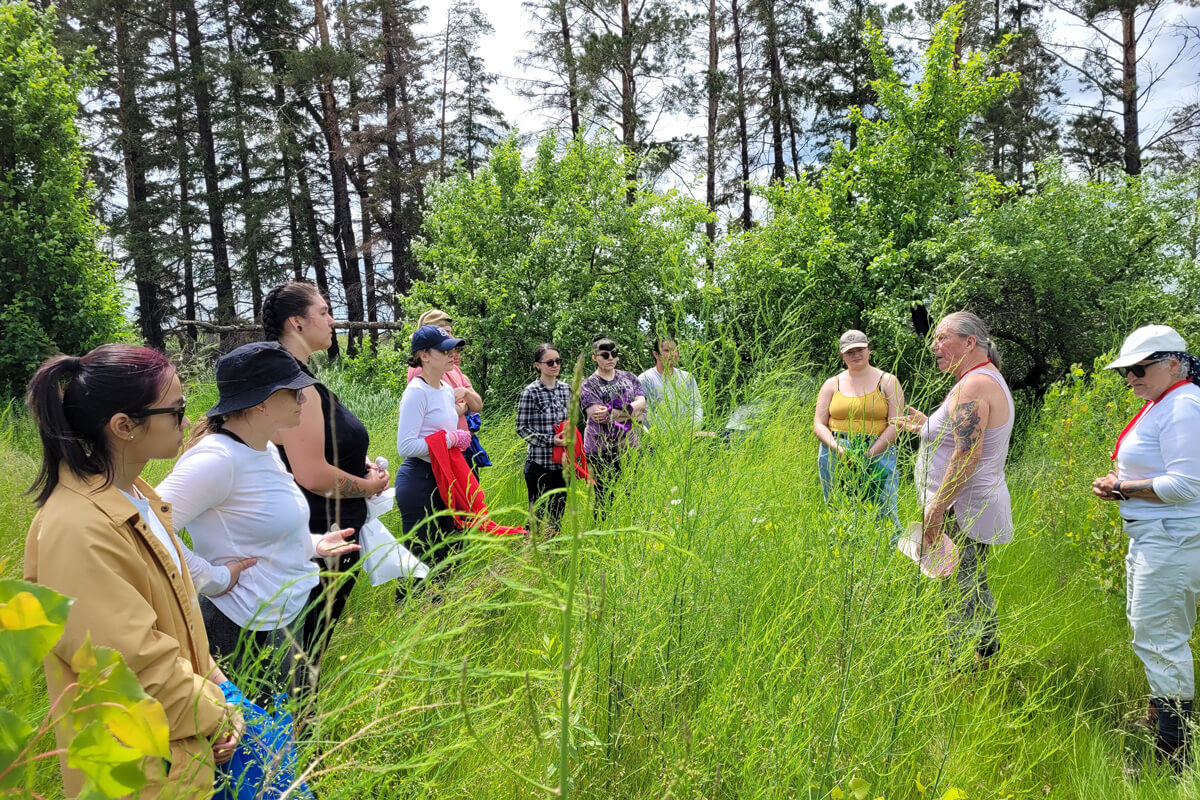
Sharing teachings on the land with Elders Charlotte Nolin and Barbara Bruce (Two-Spirit Sundance Grounds)
For Seniuk Cicek, “The most important thing I learned [from the workshop] was that land-based learning is different from outdoor or environmental education. It is about the land as teacher — a fundamentally Indigenous pedagogy that’s tied to an Indigenous worldview, conducted in partnership with Indigenous Elders and Knowledge Holders.”
“…Land-based learning is different from outdoor or environmental education. It is about the land as teacher — a fundamentally Indigenous pedagogy that’s tied to an Indigenous worldview, conducted in partnership with Indigenous Elders and Knowledge Holders.”
Seniuk Cicek is still working on how to integrate land-based learning into her curriculum. She is especially inspired by her colleague Randy Herrmann’s teaching of the construction of the teepee. “The teepee is a design marvel,” explains Seniuk Cicek. “Indigenous people were engineers, long before the colonial model of engineering came along. Teepees need to be constructed with an Elder, who provides guidance throughout its construction.”
Ferland’s next land-based learning workshop takes place this summer—in-person and on the land. It will be co-facilitated by Leah Fontaine, who is Dakota/Anishinaabe/Métis and Jeri Ducharme, who is Métis. Both work as Indigenous initiatives educators in the Centre for the Advancement of Teaching and Learning, helping graduate students and faculty incorporate Indigenous content and pedagogies into their curriculum.
They’re taking a group of staff and faculty to UM’s Fort Garry campus to talk about its Indigenous history. Instructors can then take this knowledge and share it with their students, which Ferland says is important for building respectful relationships. “There used to be Red River Métis homes, farms and significant sites here,” she explains. “Where did those people go? How did this become a university campus?”
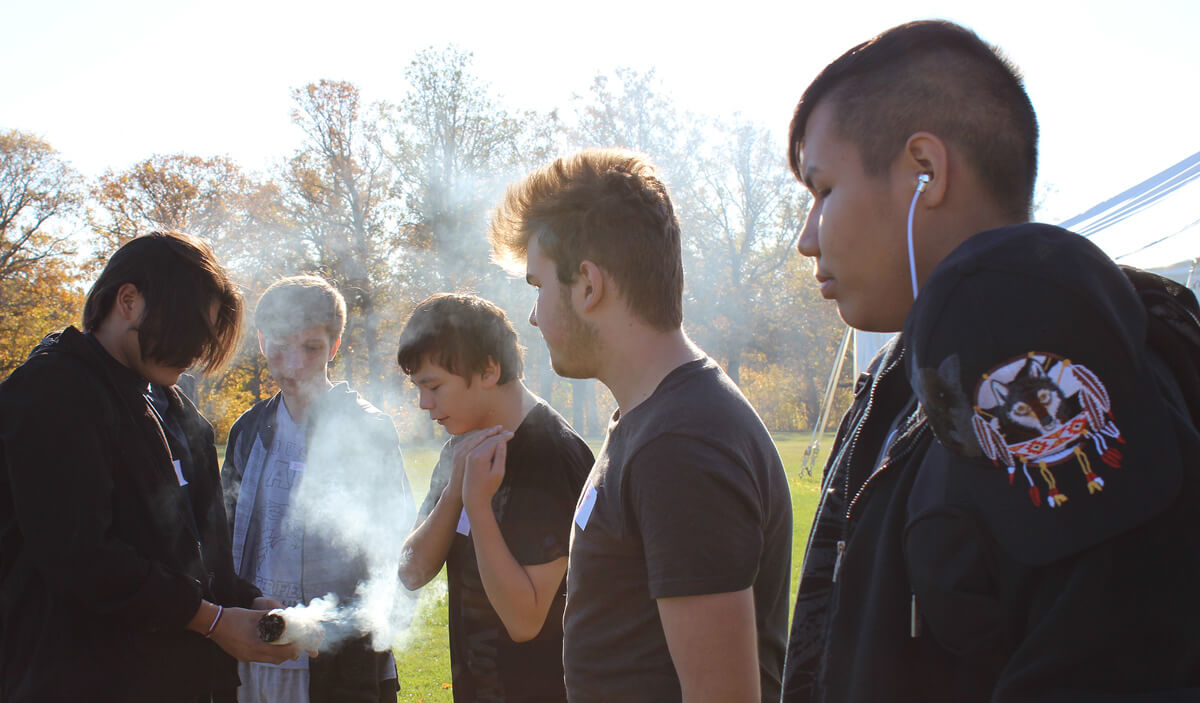
Archive photo of students taking part in a smudging ceremony (Lower Fort Garry)
Ferland is particularly interested in urban land-based learning, which makes her workshops particularly relevant to UM students, faculty and staff.
“Winnipeg was built on existing Indigenous communities, so this is a perfect place for urban land-based education. We can talk about what it means to live on the land today—to live in the city and go into the bush. We can address the myth that the city is not Indigenous land, and the fallacy that urban Indigenous peoples are less than their rural counterparts.”
Ferland also runs an eight-month land-based course called Land and Water: Land-based Education for UM students, prioritizing those who are Indigenous. They spend time with Elders and Knowledge Holders, engage in ceremonies, and learn about Indigenous peoples’ enduring relationships with the land. Indigenous youth aged 18–35 who are not enrolled at UM are also encouraged to apply.
Dan Henhawk is an assistant professor in the Faculty of Kinesiology and Recreation Management. He comes from the Six Nations of the Grand River and is Mohawk. His work focuses on colonialism’s impact on sport and recreation in Indigenous contexts. His interest in land-based education coincides with his own reconnections to his culture.
“In 2020, I was honoured to speak to the participants of the Land and Water program,” says Henhawk. “It was such a great experience to get to know students outside of the formal class-room setting. I was able to gain valuable insight from the students about their understanding of land-based education, and address their questions and concerns about land-based learning and Indigenous knowledge.”
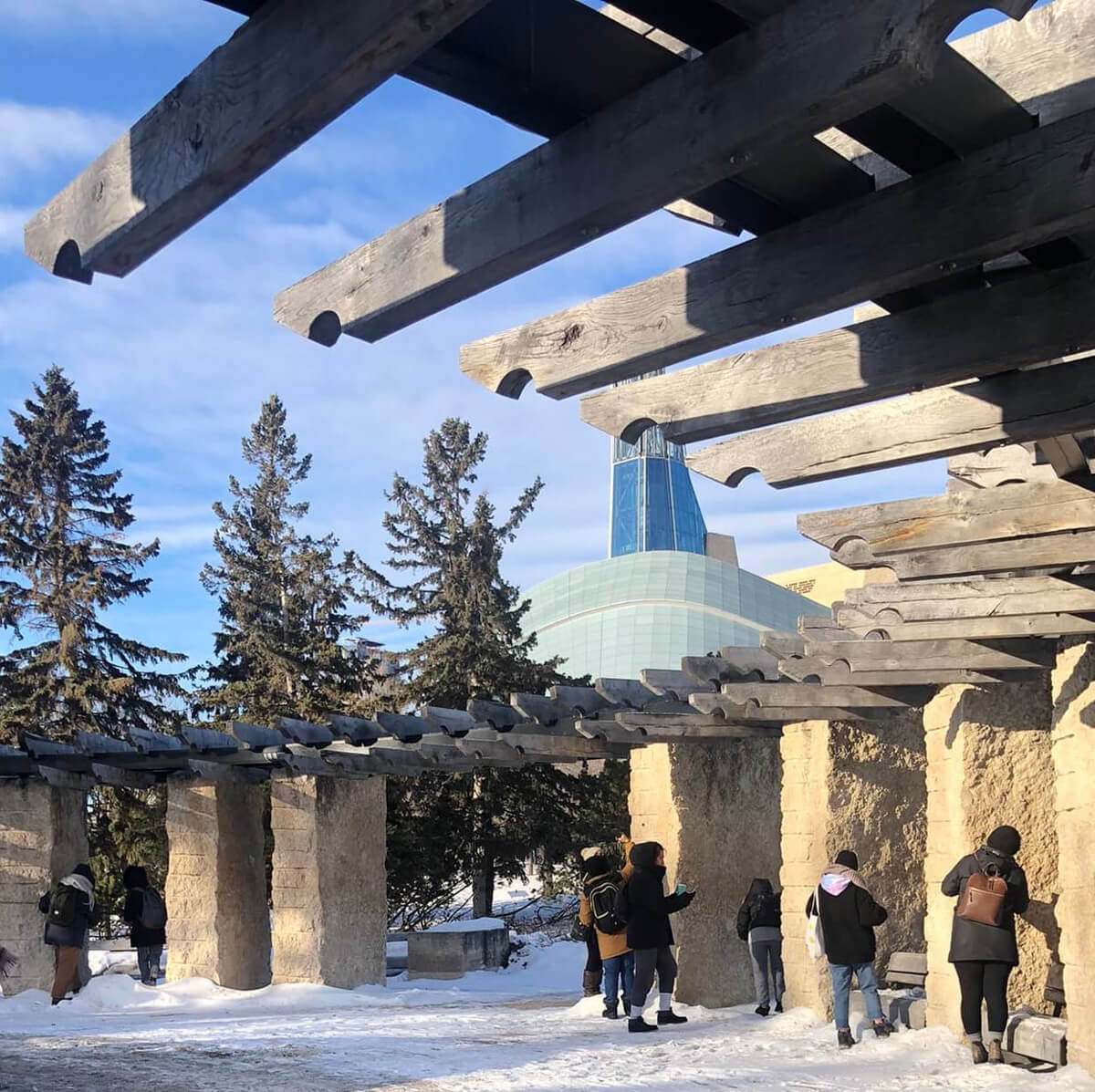
Exploring the fossil record in the Tyndall stone at The Forks
Land-based learning means engaging with Indigenous people and communities. Fortunately, Ferland and her colleagues Anny Chen and Gerardo Villagrán have developed a framework to support university-Indigenous community partnerships called Working in Good Ways.
“We realized that we weren’t always doing the best job,” explains Ferland. “Even those of us with lots of experience with Indigenous community engagement can cause harm. We knew there were better ways of working, communicating and relating with Indigenous community partners.”
Over a three-year period, Ferland’s team consulted with nearly 100 partners, practitioners and students, the majority of whom are Indigenous. They organized what they learned into seven principles for community engagement. They then offered a series of workshops on the Working in Good Ways framework, many of which Seniuk Cicek also attended and, with the help of Ferland, incorporated into the Decolonizing and Indigenizing Engineering course.
According to Seniuk Cicek, “I am deeply grateful to have Indigenous colleagues like Nicki Ferland, Leah Fontaine, Jeri Ducharme and Randy Herrmann, who are experts in their fields. They are so supportive, generous and gentle, and willing to learn and teach from their own experiences. I know that I need to do this work in a way that is authentic, respectful and reciprocal—and, above all, for the right reasons and with a good heart. Nicki, Leah, Jeri and Randy have taught me that.”
Learn more about how to make land-based learning a part of your courses. The Centre for the Advancement of Teaching and Learning is offering a workshop titled Exploring Indigenous Experiential Place-Based Learning Opportunities in Winnipeg, facilitated by Leah Fontaine, M.A. (Indigenous initiatives educator), Jeri Ducharme (Indigenous initiatives educator), and Nicki Ferland, M.Ed. (community engaged learning coordinator, Indigenous). In this workshop, you will learn how to create experiential place-based learning opportunities for students, how to work on a lesson plan for your own course, and more. Register for teaching workshops at the Centre for Advancement of Teaching and Learning.
TeachingLIFE
UM is a place where we prioritize an inclusive learning and innovative teaching environment, in order to foster a truly transformative educational experience. TeachingLIFE tells the stories of our ground-breaking educators and their impact on student success.
Learn moreOther TeachingLIFE articles

Difficult conversations in the classroom
Confronting controversy to lead to a less-polarized society
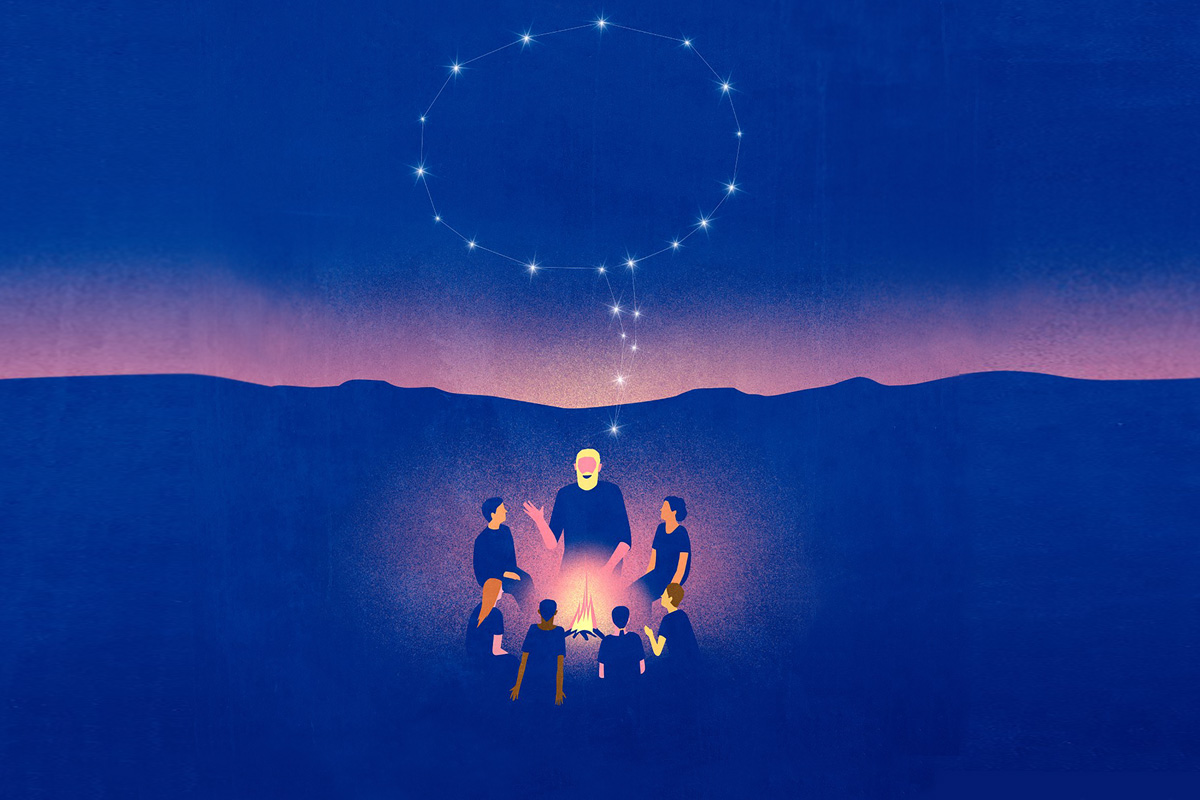
Learning from the stars, and our backyards
Experiential learning is more than career preparation, it’s life preparation
More from TeachingLIFE
About CATL
The Centre for the Advancement of Teaching and Learning is an academic support unit that provides leadership and expertise in furthering the mission of teaching and learning at the University of Manitoba.
Learn more about CATL







